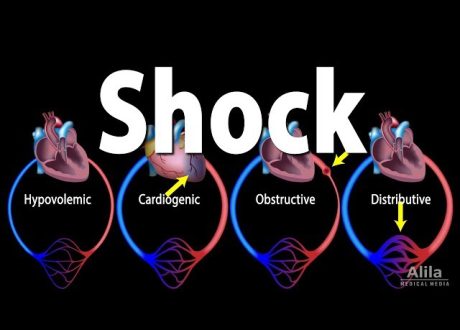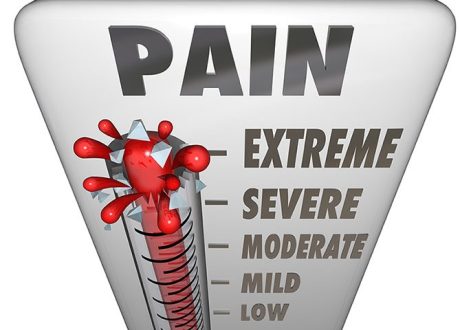Podcast: Play in new window | Download
In part 1 of this 2-part podcast series on Geriatric Trauma Barbara Haas, Bourke Tillmann, Camilla Wong and Anton discussed the problem of under-triaging geriatric trauma patients, resuscitation and airway considerations, common injury patterns in the geriatric trauma patient, lab work, head and c-spine imaging, clearing the c-spine in geriatric trauma patients and resuming anticoagulation after minor head injury in the geriatric trauma patient. In this Episode 160 – Geriatric Trauma Part 2 we answer questions such as: what are the indications for transfer to a trauma center in older patients with rib fractures and why? Can we accurately prognosticate older trauma patients in the ED? How can we best engage family members in goals of care discussions for the older trauma patient? What are the risk factors for elder abuse that we need to be aware of in the ED? How can we best minimize the risk for recurrent falls and bounce backs for the older trauma patient who is discharged from the ED? and many more…
Podcast production, sound design & editing by Anton Helman. Voice editing by Danielle Lewis.
Preproduction by Anh Thi Nyugen, Barbara Haas, Camilla Wong & Anton Helman.
Written Summary and blog post by Winny Li, edited by Anton Helman September, 2021.
Cite this podcast as: Helman, A. Wong, C. Haas, B. Tillmann, B. Geriatric Trauma Part 2: Rib Fractures, Pelvic Fractures, Prognostication, Elder Abuse, Discharge Planning. Emergency Medicine Cases. September, 2021. https://emergencymedicinecases.com/geriatric-trauma-rib-fractures-pelvic-fractures-prognostication-elder-abuse-discharge-planning. Accessed [date]
Rib fractures in geriatric trauma: A significant cause of morbidity and mortality
Isolated rib fractures in younger patients are rarely considered serious injuries and rarely require any specific treatment besides appropriate analgesia. However, age is one of the strongest predictors of mortality after rib fractures, and mortality increases proportionally with each additional rib fracture. Rib fractures are also a surrogate marker for polytrauma, where 90% of patients with multiple rib fractures have additional traumatic injuries. It is therefore important to have a low threshold to image the ribs and chest of older patients after a fall. While CXR with rib views is specific for displaced rib fractures, plain radiographs may miss up to 50% of rib fractures and there is a higher incidence of pulmonary contusions in older trauma patients, so CT is considered the investigation of choice. Additionally, there is a higher incidence of abdominal solid organ injuries in older patients with rib fractures, so consideration should be given to abdominal CT in these patients as well.










